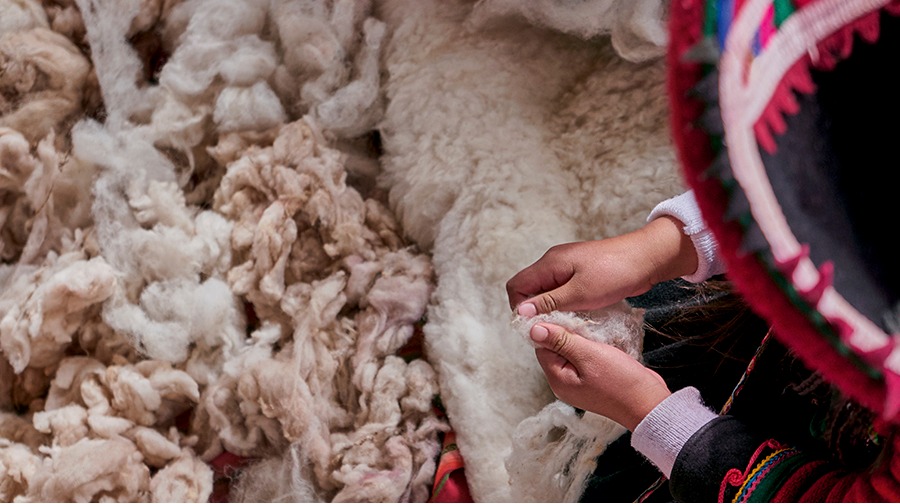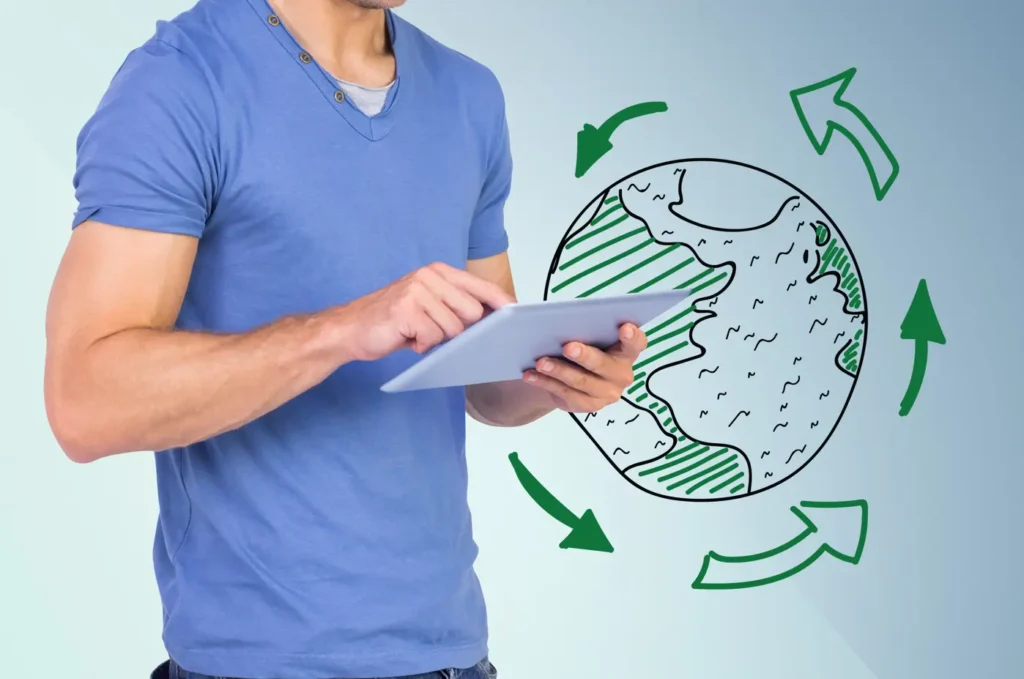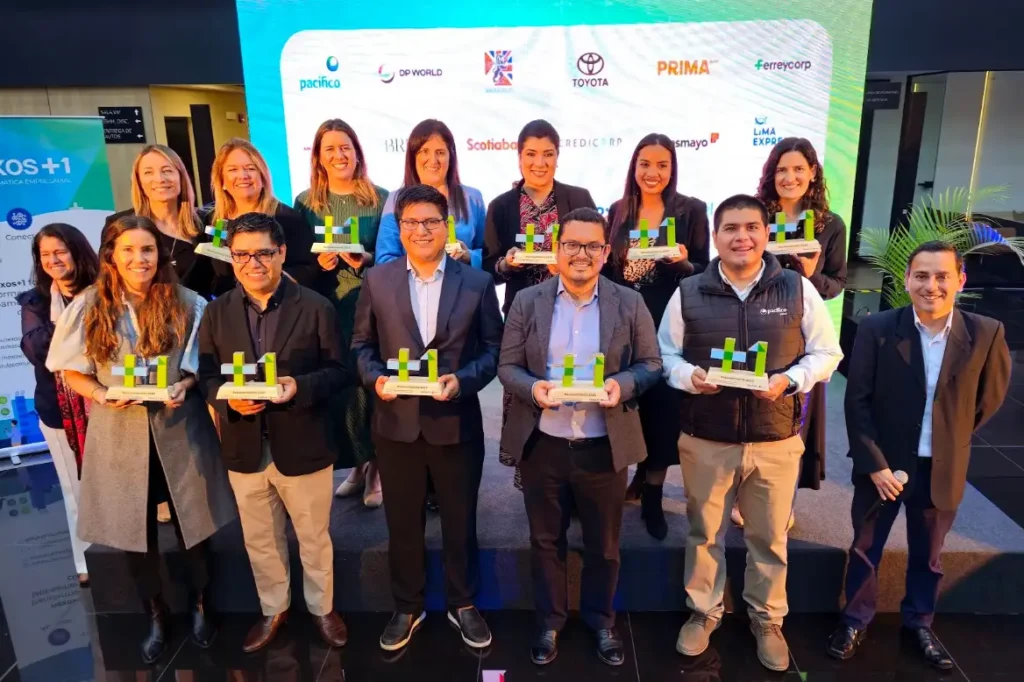Today, Peru is recognized and admired worldwide for its excellent food, of which we are very proud. However, Peru has been cooking for a little more than 300 years, but weaving for more than 5000 years. Some of these high quality textiles (made with sustainability) were found in Caral, considered the oldest city in America.
One thing the Peruvian textiles of 5000 years ago had in common was sustainability. For example: their main energy sources were the sun, rivers and the ocean (i.e. natural and renewable energy sources). Their main sources of water were rivers and lakes (which they did not pollute at all) and they did not emit gases (i.e. they were carbon neutral). All textiles were handmade, with natural fibers and colors, and the artisans were highly respected members of their communities. Interestingly, in those days they already applied many circular economy principles; for example, some garments were used for many generations (REUSE), had little or no waste (REDUCE) and some garments were recycled, after the death of their owners (RECYCLE).
Inspired by this ancient heritage, we are already starting to recycle our fibers and offering the world garments with recycled cotton and/or polyester, without losing the high quality of our products.
By 2030, we want the Peru be recognized for having the textile industry sustainable in the world, in 5 pillars:
- Clean energyWe encourage the use of clean/renewable energy sources and plan to invest in, for example, solar panel parks, using the sun and water as our main sources of energy - just as our ancestors did.
- WaterOur goal is to have the lowest water footprint in the world by applying reuse, reduction and recycling technologies.
- Carbon neutralOur goal is to reduce our greenhouse gas emissions by 20% by 2030 (in line with the country's commitment) and to support protected natural areas, many of which have been described as "the lungs of the planet".
- Clean productionWe will work with the government to reduce/eliminate waste and move towards a circular economy model, as we did 5000 years ago.
- Decent workThe textile sector provides legal and decent work to almost 1 million people, where 60 % are women - who are highly respected in their homes and communities. Therefore, it is imperative to grow our business to provide more decent jobs to more people/women in Peru.
By 2030, we want MADE IN PERU garments to be synonymous with "high quality with sustainability" - and to place Peruvian textiles alongside Peruvian food on the pedestal of #1.




